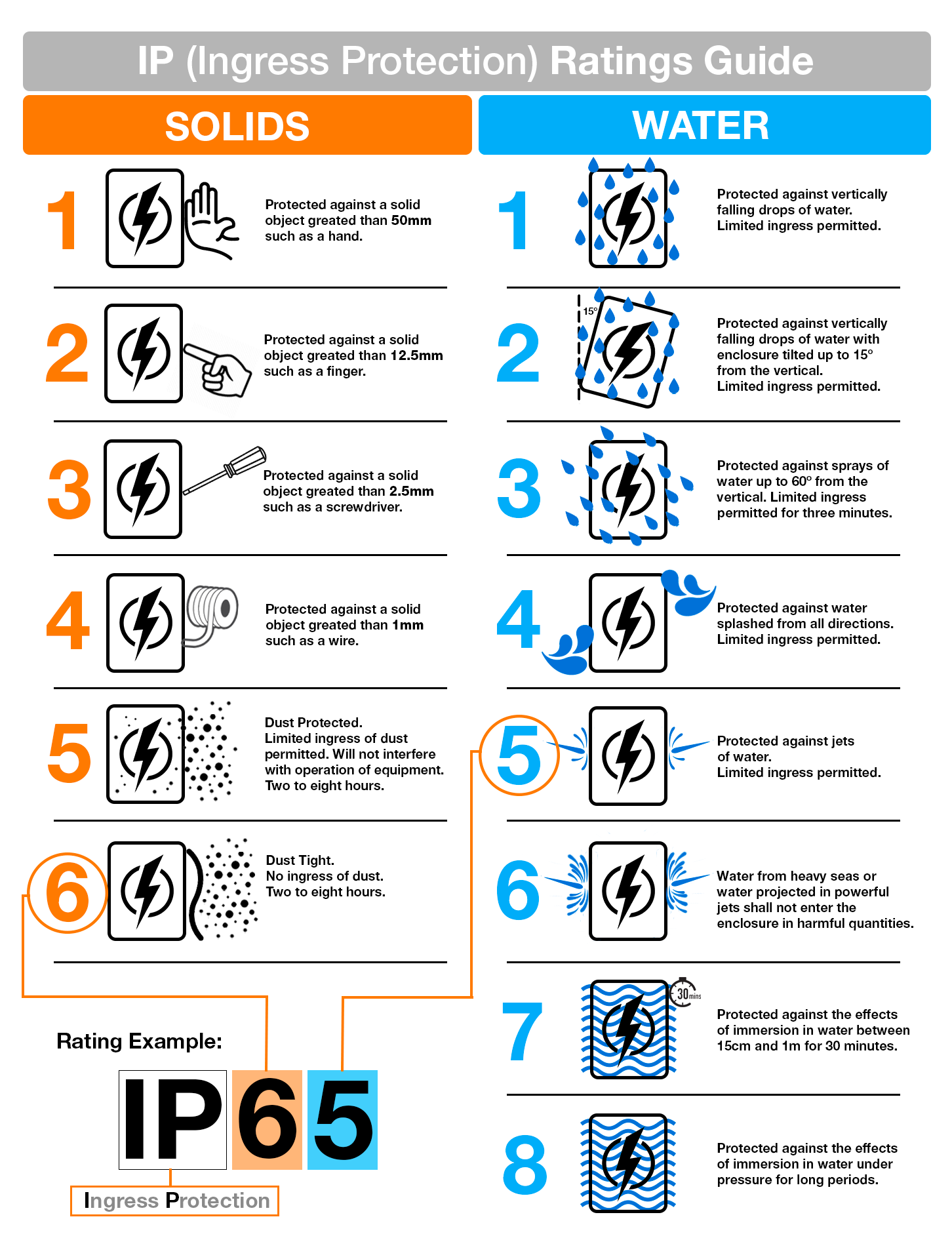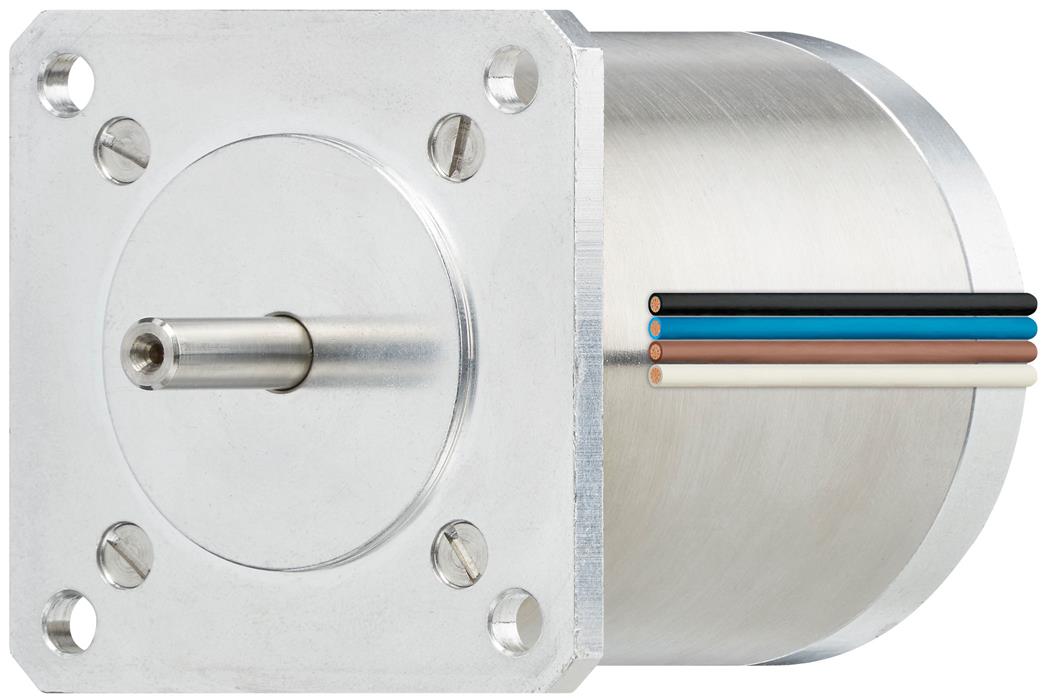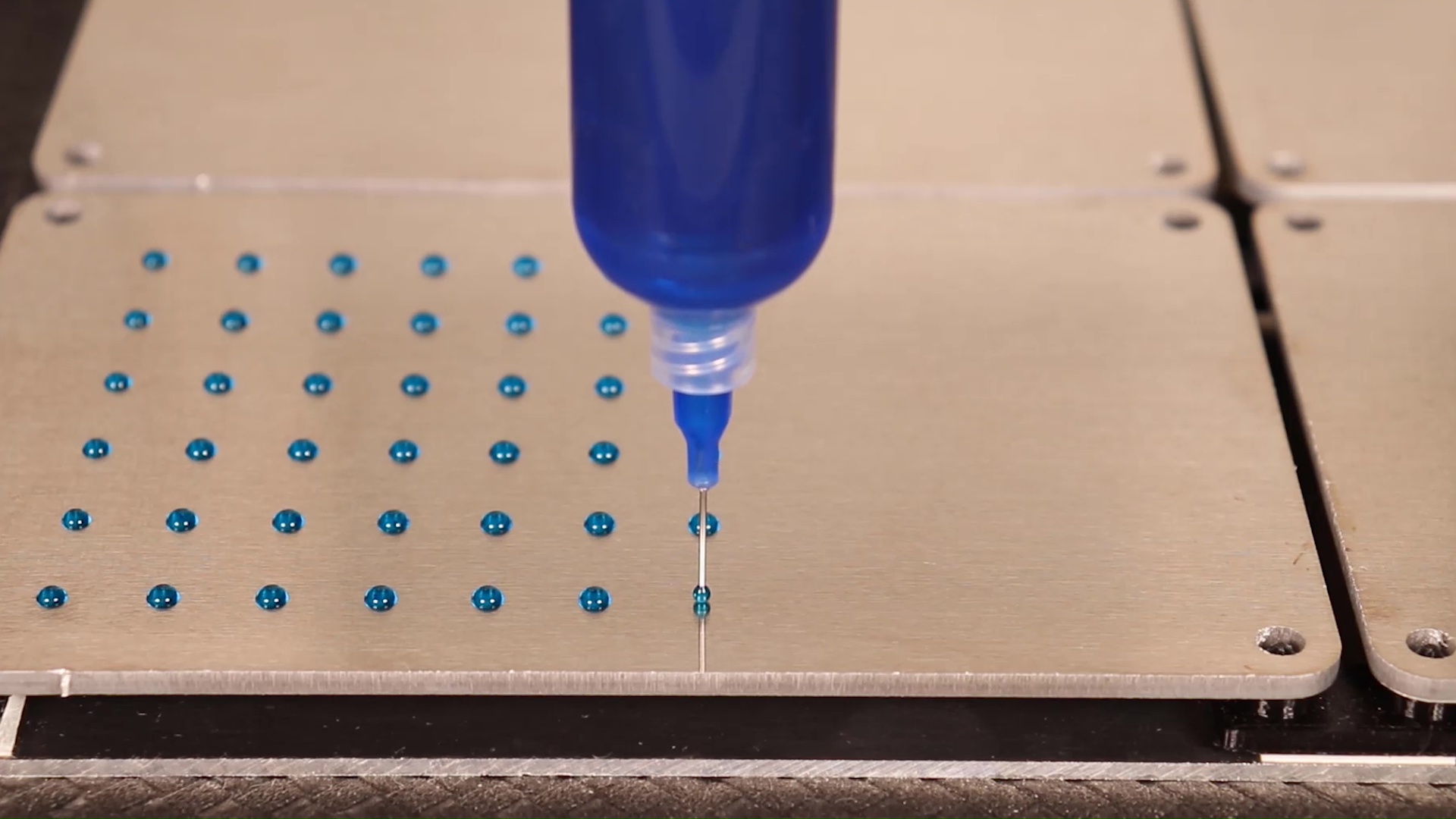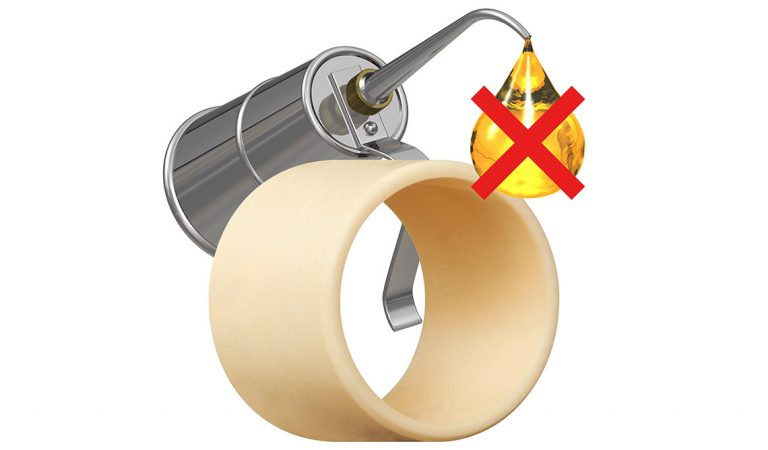What are the requirements for an underwater motor?
As we step into the age of robotics and automation, we run into different challenges to overcome with special applications every day. One of those challenges has been developing a system equipped with components that can be submerged under water.
With a large amount of motors currently on the market, not many are capable of handling near-water or submerged-under-water situations. In this article, I will explain some of the key elements and requirements that are needed in order to use a motor around and under water. I will also discuss some other elements of using underwater materials such as cost differences and how the motor will perform.
Ingress Protection Ratings
Nowadays, there are already a plethora of other ways that motors can be made waterproof. We will look at a few igus solutions as well as some general requirements for the industry itself.
First, we must discuss the rating system of the capability of a motor with water resistance or dust/other debris. The IP Ratings, or Ingress Protection Ratings, provide these numbers in order to assess the overall protection against liquids and/or solids. In layman’s terms, it rates the seal of the motor.
 The numbering system is based on the first digit being the casings ability to withstand solids -- 1 being the worst and 6 being completely sealed. As for the second digit, that rates the water capabilities -- 1 allows for a few drops of water while 8 allows for complete submergence underwater. There is also the 00 rating that is complete vacuum seal, but we will discuss that later.
The numbering system is based on the first digit being the casings ability to withstand solids -- 1 being the worst and 6 being completely sealed. As for the second digit, that rates the water capabilities -- 1 allows for a few drops of water while 8 allows for complete submergence underwater. There is also the 00 rating that is complete vacuum seal, but we will discuss that later.
Ratings for water-resistant and waterproof seals
Most motors today will usually classify from 40 and up, as this is the typical industry standard for protective matters. Ratings in the 60s are the start of water resistance and waterproof classifications. This means that not even a spec of dust is able to penetrate the motor's casing -- “zero ingress of dust," in other words.
So, to sum this up, IP40 will let some water and dust in and does not guarantee safety, whereas a motor with a rating of IP68 can be put underwater for very long periods of time. An IP68 rating also offers pressure protection from the depth.
 The other IP rating that is not listed on the chart is IP00. Now, some believe that this means no protection at all, but others believe that the rating means that the motor is vacuum-sealed and nothing can get in or out. Whichever side of the debate you're on, know that our IP00 stepper motor (pictured right) is vacuum-sealed with a 10-3 mbar seal rating and has radiation resistance of up to 10 J/kg.
The other IP rating that is not listed on the chart is IP00. Now, some believe that this means no protection at all, but others believe that the rating means that the motor is vacuum-sealed and nothing can get in or out. Whichever side of the debate you're on, know that our IP00 stepper motor (pictured right) is vacuum-sealed with a 10-3 mbar seal rating and has radiation resistance of up to 10 J/kg.
What are the requirements for an underwater motor?
Now that we have explained what type of motor to look for to accomplish an underwater system (IP67, 68 or 00), we can take a look at the specific design of these motors that allows them to be submerged.
One element that I have mentioned is its special casing. These types of casings are typically more expensive but leave no open gaps or “pores” in the surface, allowing for no ingress or leakage.
Another aspect to look out for is the components entering the motor, such as the shaft or the bearings. It is advised to have these sealed so that the motor can work within a specific spot.
Need a waterproof motor? Check out one of our IP68-rated stepper motors here. You can also contact an igus expert here with any questions or call us at (800) 521-2747.



